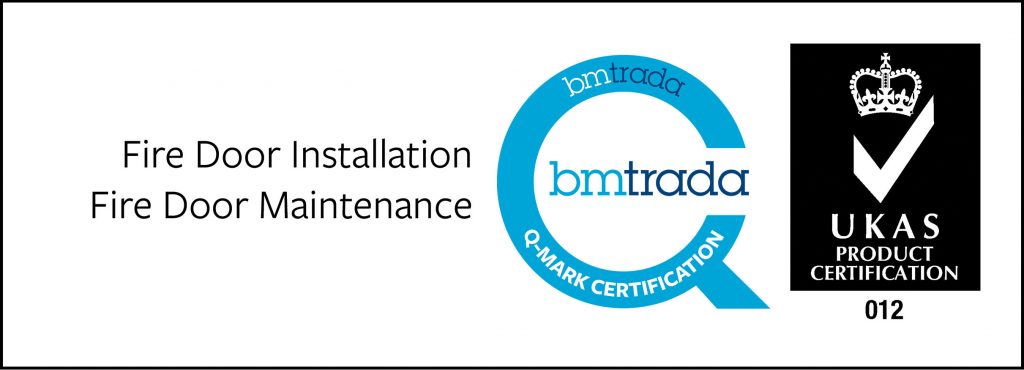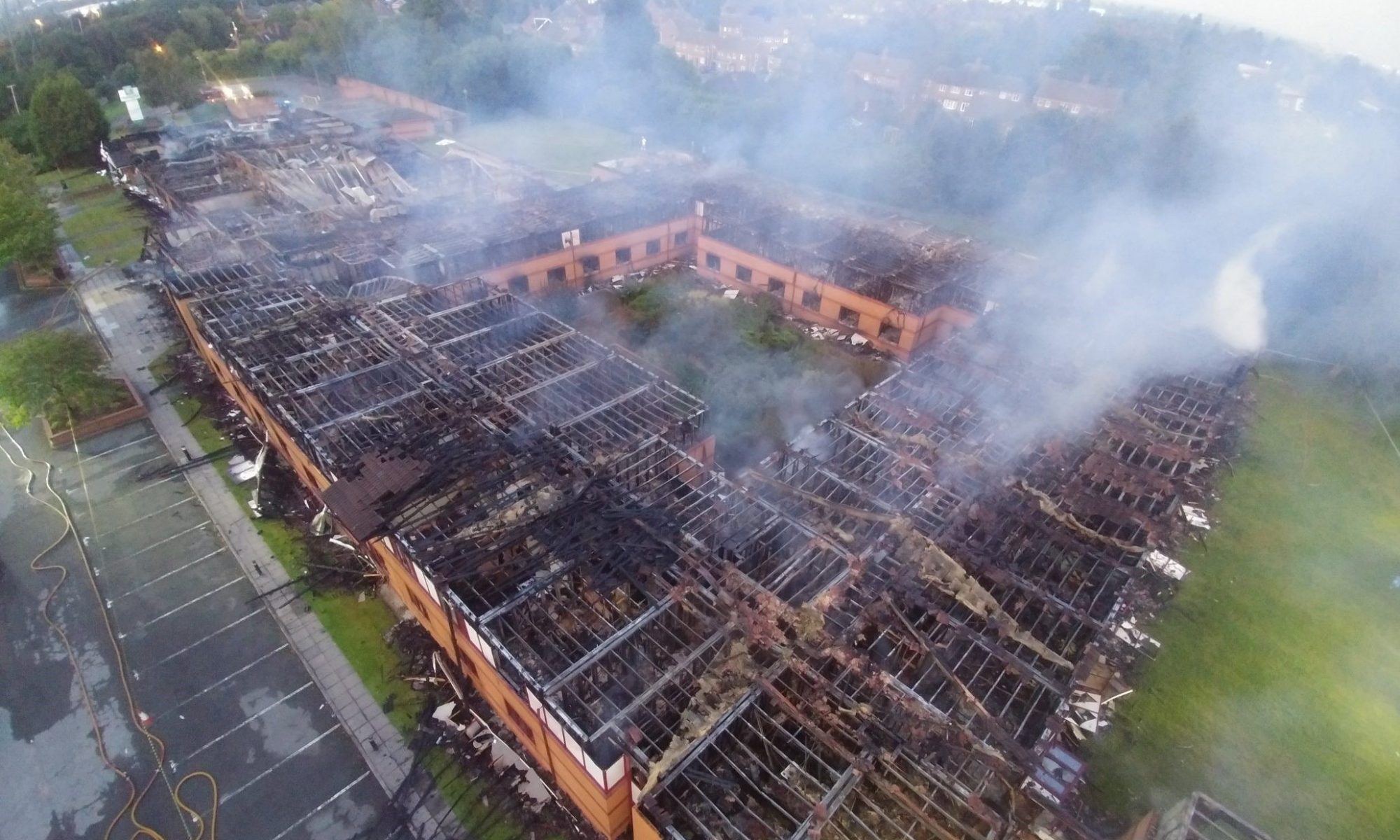Why Is Third Party Accreditation Important?
Third Party Fire Door Accreditation gives you peace of mind that your fire door specialist has the required knowledge and skills to undertake work on fire doors. Here at Worksmart, we are registered with two UKAS accredited schemes – the Fire Door Inspection Scheme (FDIS) and BM Trada Q Mark. We undergo regular reassessment and bi-annual audits of our training and business processes as well as the work we have done on site, which includes fire door inspection, maintenance and installation.
By using our expertise and experience you know you are doing everything you can to safeguard your buildings and its occupants. These Third Party Accreditations are the best way to determine a legitimate Fire Door specialist.
What is the UKAS Fire Door Accreditation Scheme?

UKAS stands for UNITED KINGDOM ACCREDITATION SERVICE. It is the UK’S sole National Accreditation Body, responsible for determining, in the public interest, the technical competence and integrity of organisations such as those offering testing, calibration and certification services. Fire Door Accreditation by UKAS demonstrates the competence, impartiality and performance capability of these evaluators. In short, UKAS ‘checks the checkers’. UKAS is a non-profit-distributing private company, limited by guarantee and is independent of Government.
Fire Door Inspection Scheme and BM Trada Q Mark

Worksmart is approved for fire door inspection, maintenance and installation by the FDIS and BM Trada Q Mark – both UKAS accredited bodies.
The BM Trada Q Mark Schemes for Fire Door Installation & Fire Door Maintenance are UKAS accredited schemes designed to ensure that these tasks are carried out to the highest standards and provide a means of certifying the work to the building owner/responsible person.
Membership of these schemes entails initial training and examination to ensure the standards are met and ongoing, 6 monthly audits of training, records and actual work conducted to ensure those standards are maintained.
Worksmart are members of both of these schemes, which means our customers can rest assured that they have taken all reasonable steps to comply with their obligations to appoint ‘competent persons’ to ‘ensure relevant equipment (fire doors) are kept in an efficient state’ – as defined by law.
The Responsible Person for Fire Doors

All non-domestic premises are required by law to have a ‘Responsible Person’ that is responsible for fire safety management. The definition of ‘non-domestic premises’ includes homes of multiple occupation (HMO’s), care homes, student residences and high-rise residential buildings (HRRB’s).
The ‘responsible person’ could be the landlord, leaseholder, employer, building owner or facilities manager – anyone with an element of control over a premises. The law does not expect these people to be fire safety experts, but it does expect them to use properly competent professionals to ensure fire safety equipment is maintained and fit for purpose.
So, unless they are themselves accredited, all ‘responsible persons’ should engage a third party certificated fire door specialist.










